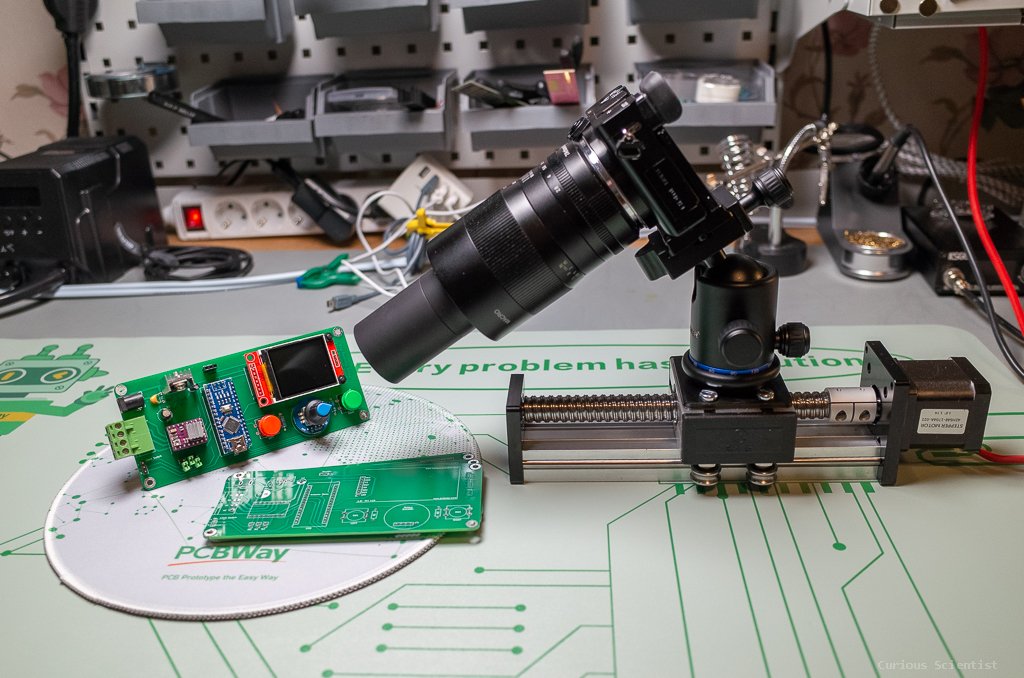DIY focus stacking device aids in macro photography

If you’re ever tried to capture some macro photographs (very close-up pictures), you’ve probably noticed that it is difficult to get proper focus. Because the depth-of-field (DoF) for macro lenses is so small, you can only keep a narrow range of distance in focus at any given time — everything else is blurry. One solution is “focus stacking,” in which you take many photos and then mash them together in software. Curious Scientist designed a macro photography focus stacking device that makes this technique easier.
The focus stacking technique requires several photos, each with a slightly different area of the subject in focus, until you’ve covered the entire subject. Then you can use photo editing software, like Photoshop, to blend the pictures together. The result is a macro photo where the entire subject is in focus. You can perform that process without any special equipment, but it is tedious and difficult to achieve consistent focus changes. Curious Scientist’s device speeds up the process and has perfect consistency.
Instead of refocusing the lens between photos, this device moves the entire camera. With auto-focus disabled and the lens manually focused to the nearest point of the subject, the whole camera moves forward by a predetermined distance after each photo.
The primary components in this project are an Arduino Nano board, a linear actuator with stepper motor, a stepper motor driver, a 1.8” LCD panel, and control buttons. With the LCD and buttons, the user can set the focus stacking parameters: f-stop, magnification, and so on. The device then calculates how far to move between shots. It uses a standard shutter trigger and should work with most cameras.